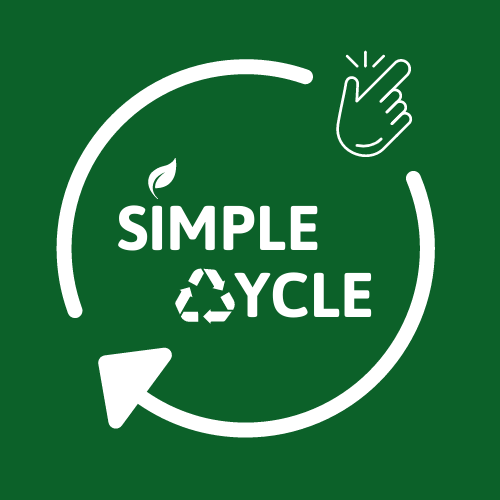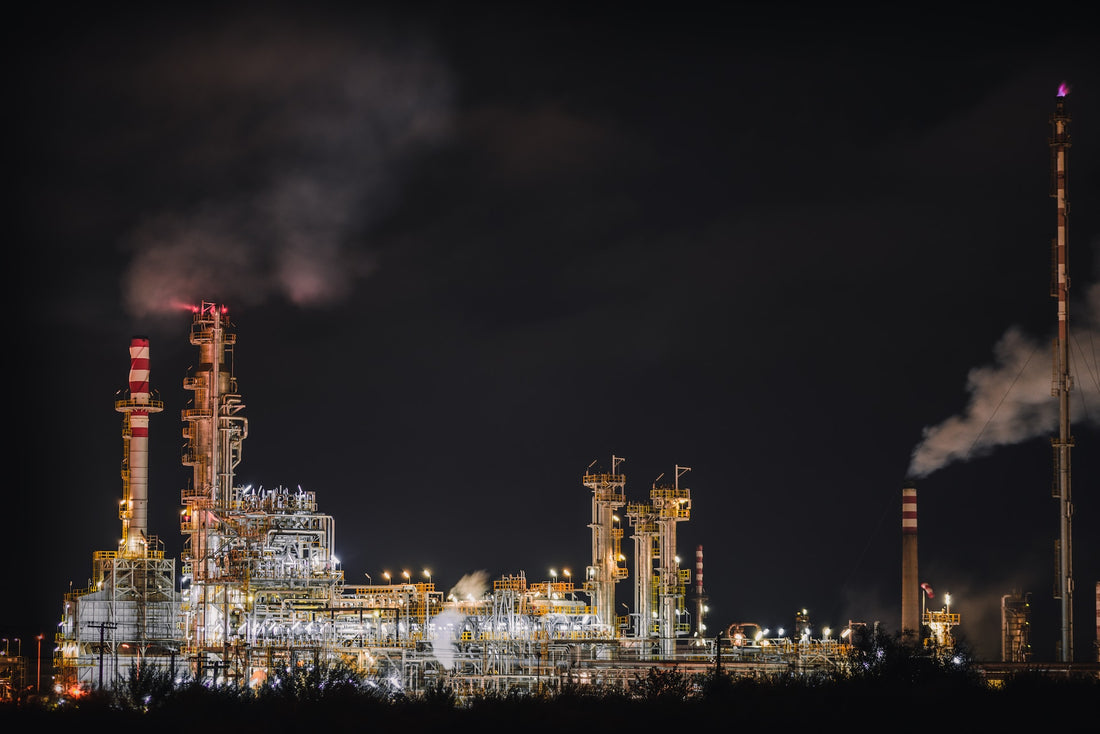This section will cover the basics of plastic manufacturing and detail the essentials of what has been the standard of making the highly diverse and utilized material that it is today. We must first break plastic down into its defining elements to fully understand how it is made. The coverage here will be about plastic composition, and not targeted about the manufacturing for commercial needs or plastic products, that will be covered later on within this research.
Plastics, most of them, are based on the carbon atom; there is only one other category of plastic silicones (silicone atoms). In regards to plastic carbon atoms are connected to hydrogen, oxygen, nitrogen, chlorine, or sulfur. Once the atoms are connected into long chains the polymer is then classified as a thermoplastic, and a thermoplastic is highly meltable. Within a thermoplastic, they are made up of repeat units called cells, which is a small section of a chain that is identical and 92% of plastics are thermoplastics. Diving deeper into the genetic makeup of plastic, the unit cells are made up of groups of atoms which are called monomers; when monomers are combined, polymers and plastics are created. Raw materials from these monomers are used to generate unit cells, while monomers are utilized in the creation of plastics. Some plastics can have more of a simple makeup than others. For example, polyethylene’s repeat unit is comprised of 1 carbon atom and 2 hydrogen atoms, while nylon’s repeat unit contains greater than or equal to 38 atoms (Plastics. (n.d.)).

There are further compositions that atoms can take to create different classifications of plastic. When carbon atoms connect within the manufacturing process and form 2 or 3 dimensional networks the plastic is then called a thermoset plastic, which are not meltable (Plastics. (n.d.)). Thermoset plastics are incorporated in: epoxy adhesives, unsaturated polyester boat hulls/bathtubs, or phenolic adhesives used to make plywood.
Thermoplastics, although sounding similar to thermosets, are manufactured, and treated differently. Thermoplastics are created with small carbon-based molecules that can be formed into monomers. Monomers are then joined together by chemical polymerization to create polymers. Raw materials then start to be generated; this process begins with separating the hydrocarbon chemicals from natural gas, petroleum, or coal to pure chemicals. Raw materials can also be taken into the cracking process which is another term for the procedure mentioned above. The catalyst present process converts molecular raw materials which are turned into monomers like, but not limited to: ethylene, propylene, and butene. These monomers that were mentioned contain double bonds between their carbon atoms, this allows the atoms to react and form polymers (Plastics. (n.d.)).

Furthermore, benzene and xylenes (chemicals which play a part in the reaction to form monomers for polystyrene, nylons, and polyesters) are isolated from the raw material petroleum. Raw materials can however, be obtained from resources that can be renewed in the process for creating plastics like cellulose from wood which creates cellulose butyrate. The polymerization step in forming plastics will only work effectively if the monomers are in fact pure and are purified at the manufacturing level. After this occurs monomers are chemically bonded into chain formations which are called polymers (polymerization process). For polymerization to occur, there are two main reactions that must be triggered to form different classes of plastics. The first reaction is called addition, during this reaction a specific peroxide catalyst is added that causes the monomers to link to one another in a continuous process. It is important to note that this catalyst is not instrumental in causing the linking to occur, rather that is triggers the process to link the monomers on a more frequent basis. It is important to note that addition does not create any byproducts during its polymerization process and is mainly utilized for polystyrene, polyethylene, and polyvinyl chloride. The second reaction is called condensation, and during this reaction, catalysts are used to have all monomers react to its neighboring monomer. This reaction concludes with 2 monomers forming a dimer, which is defined as 2 unit cells, and a byproduct. Dimers can then multiply to combine different units of cells, the next unit in the sequence is called a tetramer, which contains 4 unit cells (Plastics. (n.d.)). With condensation though, the byproducts have to be removed in order for the reaction to produce useful products, one byproduct being water which is fully disposed after the process complete. It is important to note that not all byproducts are disposed after the reaction is compete, many are reused. These condensation reactions take place within a large concentration of molten polymer. This reaction is mainly utilized for polyesters and nylons (Plastics. (n.d.)).
With the chemical, and molecular combinations in mind, it may be easier to visualize that different combinations of monomers can generate plastic resins that contain different properties and resins. When multiple monomers come into play, the word polymer is now redefined as copolymer (as opposed to one monomer which would then be defined as a homopolymer (Plastics. (n.d.)). One example of a homopolymer, HDPE, is a plastic milk jug, and an example of a copolymer is a HDPE laundry detergent bottle. Copolymers help to contain more aggressive chemicals and materials, like laundry detergent which a homopolymer would not be well suited for. Every monomer can create a plastic resin with their own properties and characteristics (Plastics. (n.d.)). Diving further, combinations of monomers produce copolymers with increasing property variations. With this fact in mind, when the polymer types of nylon, polyester, or even polyethylene are manufactured, they can be custom made with their own set of features, depending on what traits specifically the manufacturer wants them to have. For example, polyester can be formulated into high temperature resistant parts for vehicles. Hence, one of the major capabilities of plastic is its ability to have variability within family types or among them, allowing plastics to be manufactured with specific results.
Recap
As a recap, polymers can be one of two classifications: homopolymers and copolymers. If the long chains (backbone) of comprised carbon atoms show a continuous link, the structure is homogenous. Examples of a homogeneous structure are: polypropylene, polybutylene, polystyrene, and polymethylpentene (Plastics. (n.d.)). If the homogeneous structure, however, is irregularly interrupted by oxygen or nitrogen the structure will then be heterogeneous. Examples of polymers with a heterogeneous structure are: polyesters, nylons, and polycarbonates. Different elements can be linked to these carbon backbones; PVC for example, has chlorine atoms attached to its backbone while Teflon contains fluorine atoms (Plastics. (n.d.)).
All of these chemical, and molecular compositions link together to form a purpose. The links within thermoplastics can be arranged to change the structure and properties of plastic. For example, some plastics which are generated from a monomer that has been given randomness within its structure of elements and chemical groups, intentionally; while other polymers are given predicable groups. Other plastics form crystals, if designed to do so, like HDPE which has high strength and stiffness. LDPE, on the other hand, is purposely designed not to form crystals. Thus, it is apparent that by having the ability to alter the arrangement of atoms on the backbone chains, the plastics can be created and altered to adhere to any property desired for manufacturing.
Citations:
Plastics. (n.d.). Retrieved from https://plastics.americanchemistry.com/How-Plastics-Are-Made/

